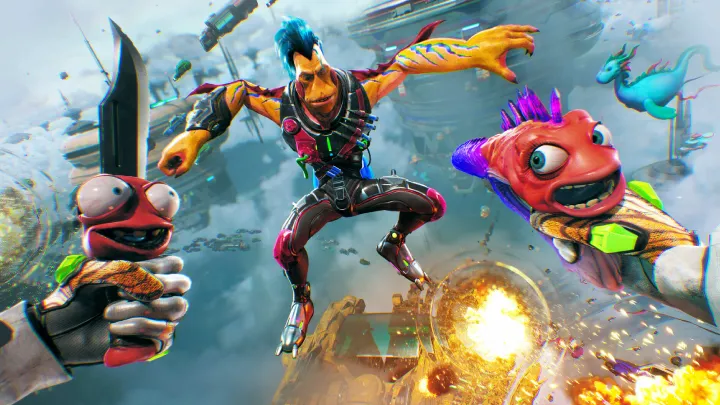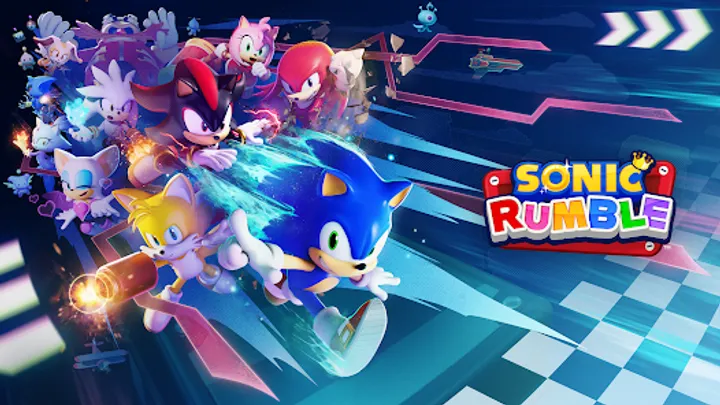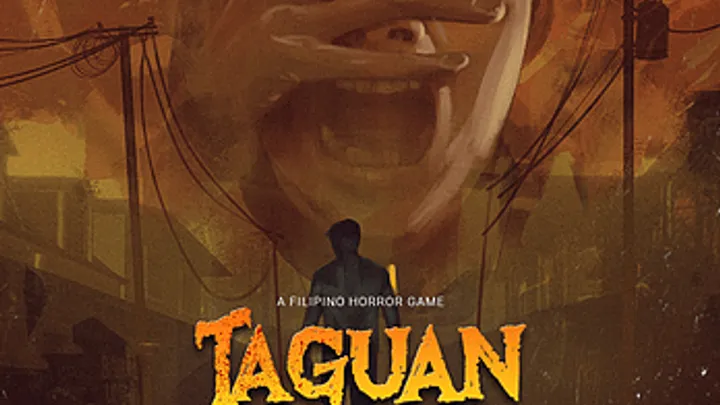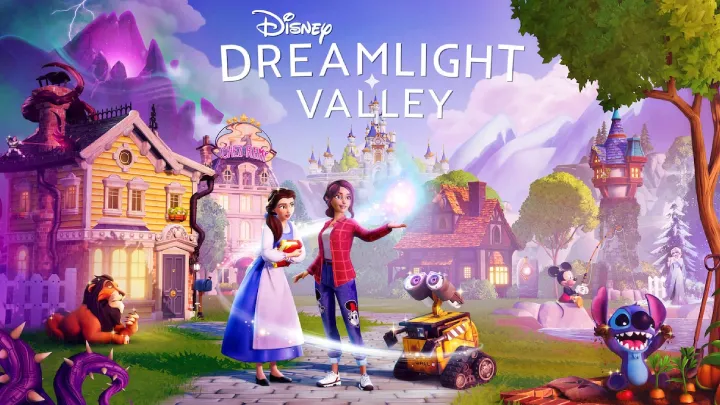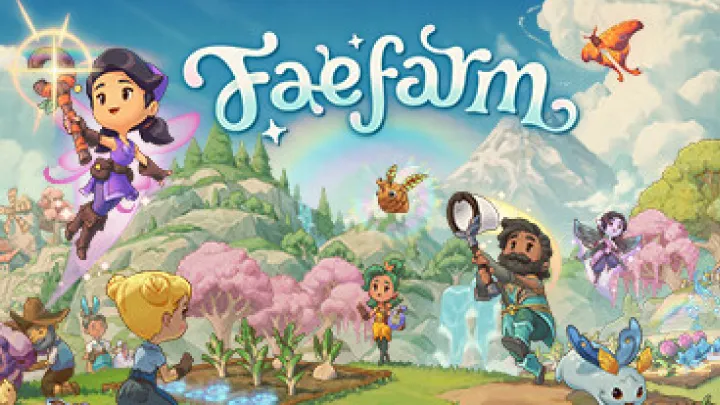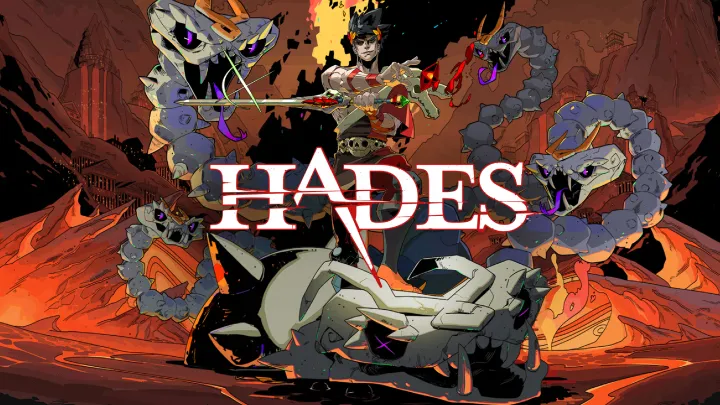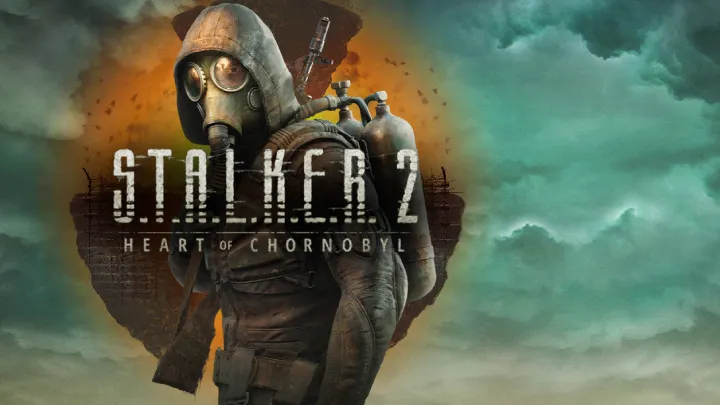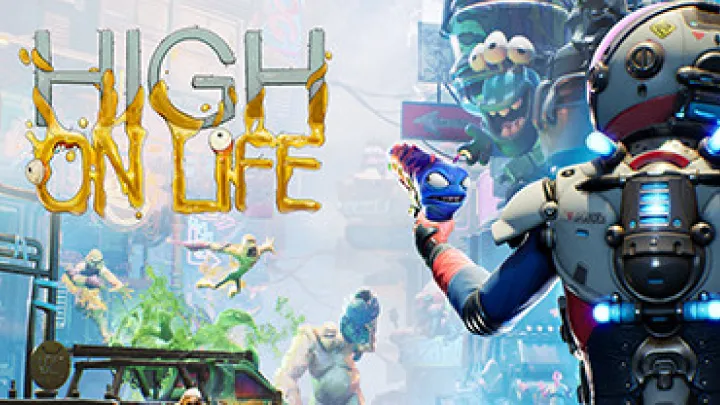
Introduction
“High on Life,” developed by Squanch Games, presents players with a bizarre yet captivating universe where humor, absurdity, and social commentary intertwine seamlessly. As a comedic first-person shooter, the game immerses players in a colorful landscape filled with sentient guns, alien species, and unpredictable characters. While the premise might seem light-hearted at first glance, a closer examination reveals that High on Life tackles profound issues, such as class disparity, environmental degradation, and the absurdity of life itself, often using satire as its weapon of choice. This article explores these thematic layers, dissecting how the game blends humor with a critique of modern society and what it reveals about the human condition.
The Absurd Universe: A Reflection of Life
The Setting: An Outlandish Galaxy
High on Life transports players to an alternate galaxy where absurdity reigns supreme. Every element—from the design of alien species to the bizarre environments—is exaggerated, reflecting the often ludicrous nature of contemporary society. The game's world is filled with colorful landscapes and exaggerated characters that throw players into a surreal experience.
- Environmental Design: Each locale within the game is packed with humor and absurdity. For example, vibrant plants and eccentric creatures create an atmosphere that is both whimsical and chaotic. This design choice encourages players to suspend disbelief, immersing them in a universe that mirrors the unpredictable nature of real life.
- Satirical Elements: The game's atmosphere is rife with satire. By portraying a universe that operates under strange logic and eccentric rules, High on Life invites players to question the conventions of their reality. Each encounter highlights the absurdity of various societal norms and behaviors, setting the stage for deeper commentary.
This bizarre landscape not only serves as a backdrop for gameplay but also as an instrument for exploring the absurdities of existence.
The Role of Humor in Absurdity
Humor functions as a foundational element in High on Life, providing levity amid some darker themes. The game employs witty dialogue, slapstick comedy, and absurd scenarios that allow players to engage more freely with serious subject matters.
- Dialogue and Character Interactions: The player is accompanied by sentient guns that offer colorful commentary throughout the adventure. For instance, characters often respond to actions in over-the-top ways that are both hilarious and thought-provoking. The comedic dialogue serves to introduce players to existential themes without overwhelming them.
- Physical Comedy: The game utilizes visual gags and slapstick humor to keep players engaged. Characters are animated in a way that presents exaggerated reactions to the bizarre events surrounding them. This not only contributes to humor but also reinforces the idea that life can often be unpredictable and absurd.
Through its unique blend of humor and absurdity, High on Life encourages players to view their experiences through a comedic lens, promoting reflection even amidst laughter.
Class Disparity: A Galactic Commentary
Satirizing Class Struggle
At its core, High on Life weaves a narrative that critiques class disparities through its portrayal of a galaxy where wealth and privilege dictate power dynamics. The game's absurd characters and scenarios serve as caricatures of the socio-economic spectrum, allowing players to confront societal issues in a humorous but insightful manner.
- Wealth Inequality: Certain alien species are depicted as exceedingly wealthy, living lavish lifestyles, while others struggle with poverty. For example, the player encounters various characters who embody different social strata, highlighting the persistent inequality seen in real-world societies. These portrayals prompt players to reflect on the consequences of wealth distribution and power dynamics.
- Alien Capitalism: The satire extends to concepts of capitalism, illustrating how economic systems can lead to corruption and exploitation. The game plays with the idea that affluent alien species profit off the suffering of the less fortunate. By exaggerating these scenarios, High on Life encourages players to question the implications of capitalism and wealth accumulation on moral ethics.
The humorous tone serves to soften the critique, making the exploration of class disparities accessible and thought-provoking.
Experiences of the Underprivileged
Players navigate through various interactions with characters representing the underprivileged. Their stories echo the struggles faced by many in the real world, making their experiences resonate on a deeper level.
- Personal Narratives: High on Life allows players to engage with characters who share their experiences of adversity. These narratives highlight issues like lack of opportunity, systemic barriers, and the quest for dignity, prompting players to empathize with the struggles of marginalized groups.
- Comic Relief Amidst Hardships: The game maintains its humorous tone even when addressing serious topics. For instance, characters might discuss their dire circumstances while delivering punchlines or comedic quips. This juxtaposition reinforces the absurdity of their plight while encouraging introspection on broader societal flaws.
The combination of humor and serious undertones engages players, compelling them to consider societal issues while remaining entertained.
Environmental Concerns: A Comedic Lens on Sustainability
Alien Exploitation of Resources
High on Life doesn’t shy away from addressing environmental degradation through its narrative. The game creatively integrates themes of resource exploitation and ecological destruction, using humor to provoke critical thought about pressing global issues.
- Exaggerated Environmental Damage: The in-game world showcases various alien planets suffering from environmental issues reminiscent of those faced on Earth. These exaggerated representations serve as visual metaphors for the consequences of human negligence. The absurdity lies in how blatant the destruction is, underscoring the dire need for awareness.
- Corporate Exploitation: The story also critiques corporate interests and their impact on the environment. Players encounter entities that prioritize profit over sustainability, echoing real-world practices where corporations exploit natural resources without considering ecological consequences. This aspect heightens the absurdity of the narrative while inviting players to ponder the implications of such actions.
The focus on environmental issues reminds players of the reality of ecological crises, pushing them to act as stewards of the environment even in a humorous context.
Responsibility and Action
High on Life encourages players to think critically about their roles in environmental stewardship. Through gameplay and interactions, the game underscores the importance of taking responsibility for the planet, no matter how comical the world may appear.
- In-game Activism: Some quests task players with combating environmental neglect, reflecting a call to action. These moments blend humor with a sense of urgency, urging players to engage meaningfully with ecological concerns while keeping them entertained.
- Comic Parables: The game features characters who act as parody figures for environmentally-conscious activists. Their antics may be over-the-top, but they serve to spark conversation about the importance of activism in combating real-world environmental issues.
By merging gameplay with a call for responsibility, High on Life provides entertainment while fostering a sense of accountability towards the environment.
The Question of Identity and Existence
Searching for Meaning in a Chaotic World
High on Life invites players to engage in introspection about identity and existence amidst its comedic exploits. As players navigate the absurd challenges, they are gradually prompted to confront deeper questions about their own lives and purpose.
- Existential Characters: Many characters within the game grapple with issues of identity and purpose. By showcasing their struggles, High on Life creates a dialogue around existential questions that resonate with players. Humor plays a key role here; laughter is used as a coping mechanism in the face of uncertainty, highlighting that searching for meaning can be both absurd and profound.
- Reflections on Self: Players find themselves reflecting on their own lives through interactions with these characters. As absurd as these exchanges may be, they encourage contemplation of personal identity, relationships, and the pursuit of purpose. This fusion of humor and philosophy elevates the narrative, prompting engagement on multiple levels.
The exploration of identity resonates deeply, inviting players to connect their own experiences with the characters’ absurd journeys.
Humor as a Coping Mechanism
Throughout the game, humor functions as an essential coping mechanism for characters faced with chaos and existential threats. By showcasing comedy in the face of adversity, High on Life underscores the significance of laughter amid life’s unpredictability.
- Finding Joy in Chaos: Characters often resort to hilarity as a means to endure. The playful banter among characters serves as a reminder that even in dire situations, humor can forge connections and help individuals cope. This aspect of gameplay enriches the narrative by adding emotional depth alongside comedic relief.
- Navigating the Absurd: The absurdity of the characters’ circumstances highlights the uncertainty of existence. As they confront chaos, the game demonstrates that humor becomes pivotal in navigating life’s hardships, prompting players to consider their own responses to the unpredictability of reality.
This commentary on the human experience emphasizes the importance of humor in shaping perspectives on identity and existence.
Gameplay Mechanics: A Tool for Thematic Exploration
Engaging Combat and Exploration
High on Life features engaging gameplay mechanics that intertwine with its thematic elements. Players utilize an array of sentient guns, each with unique abilities, to combat alien foes and navigate the bizarre environments of the game.
- Weaponry and Identity: The sentient guns serve as metaphors for the characters’ identities. Each gun embodies distinct personalities that resonate with the themes of absurdity and existence, allowing players to forge emotional connections with their weapons.
- Exploration as Discovery: The game encourages players to explore its colorful, layered environments. This exploration parallels the narrative’s exploration of existential themes, promoting engagement with the surreal world while prompting personal reflection.
Through playful mechanics and innovative design, High on Life cultivates an engaging experience that fosters a connection between player actions and thematic exploration.
Level Design and Immersion
The meticulous level design in High on Life contributes to the game’s themes. Each location is crafted to evoke humor and challenge players, reinforcing the absurdity of the universe through creative obstacles and environments.
- Environmental Storytelling: As players progress through each level, they encounter visual cues and narratives that subtly communicate the broader themes of the game. This storytelling device enhances immersion, drawing players further into the unique world.
- Dynamic Challenges: The diverse gameplay challenges encourage players to engage with the absurdity of the game while fostering critical thinking. These challenges reflect the unpredictable nature of existence and allow players to embrace the chaos while searching for meaning.
The design choices bolster the narrative threads, aligning gameplay with thematic exploration, and creating a more immersive experience.
Conclusion: Absurdity, Humor, and Humanity
High on Life brilliantly combines humor, absurdity, and social commentary to offer players an extraordinary gaming experience. By immersing players in a universe that echoes real-world issues—class disparity, environmental concerns, and existential struggles—the game provides a reflective lens through which to view contemporary society.
Through its exaggerated environments, engaging character interactions, and impactful gameplay mechanics, High on Life encourages players to confront serious themes while indulging in humor. The satire woven throughout the narrative serves as a reminder of the absurdity of existence, urging players to reflect on their own identities and responsibilities.
Ultimately, High on Life stands as a testament to the power of humor and absurdity in storytelling. By exploring substantial issues through a lens of levity and creativity, the game transcends mere entertainment, inviting players to engage actively with the human condition as they navigate the chaotic experiences of life.
